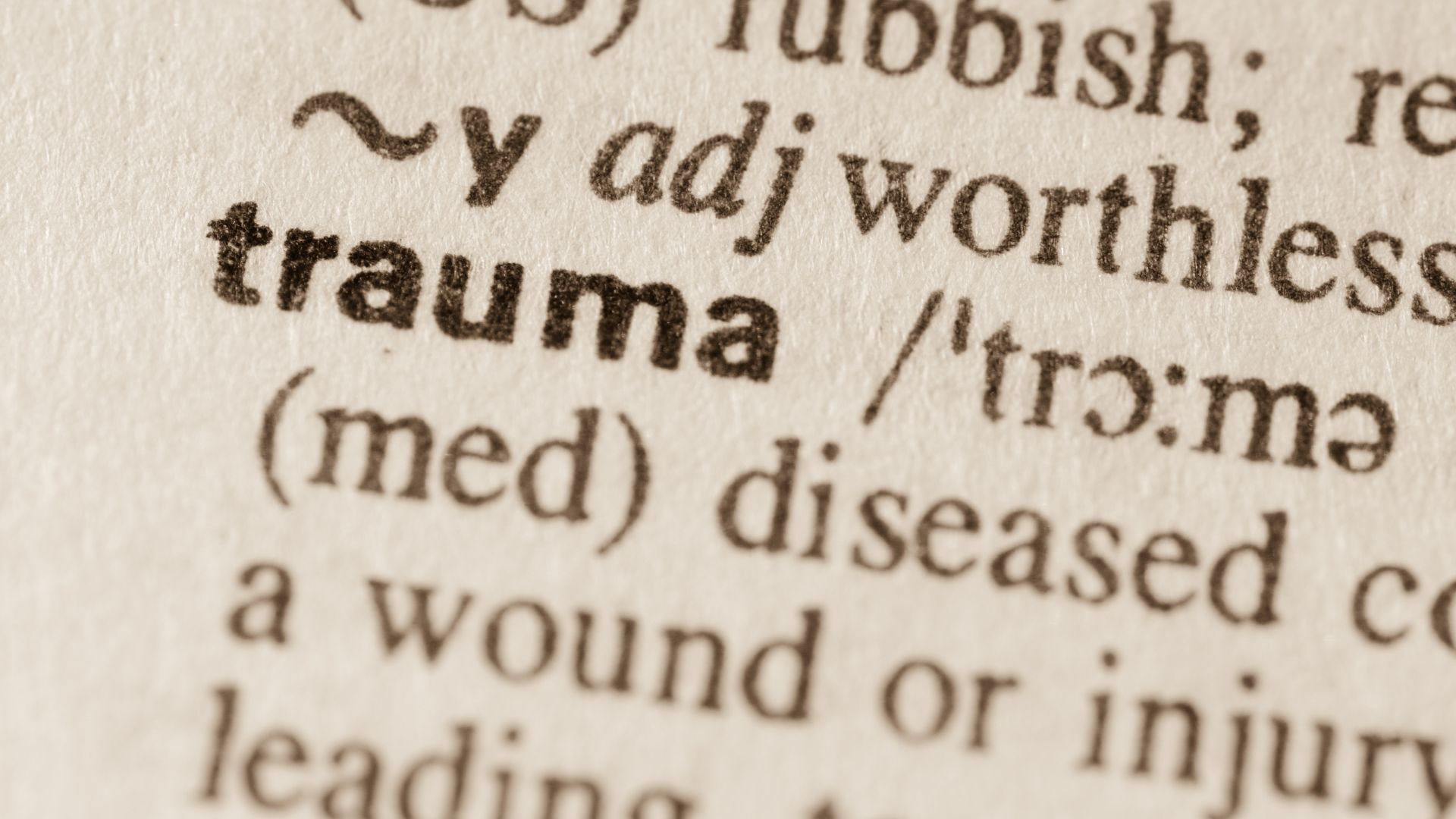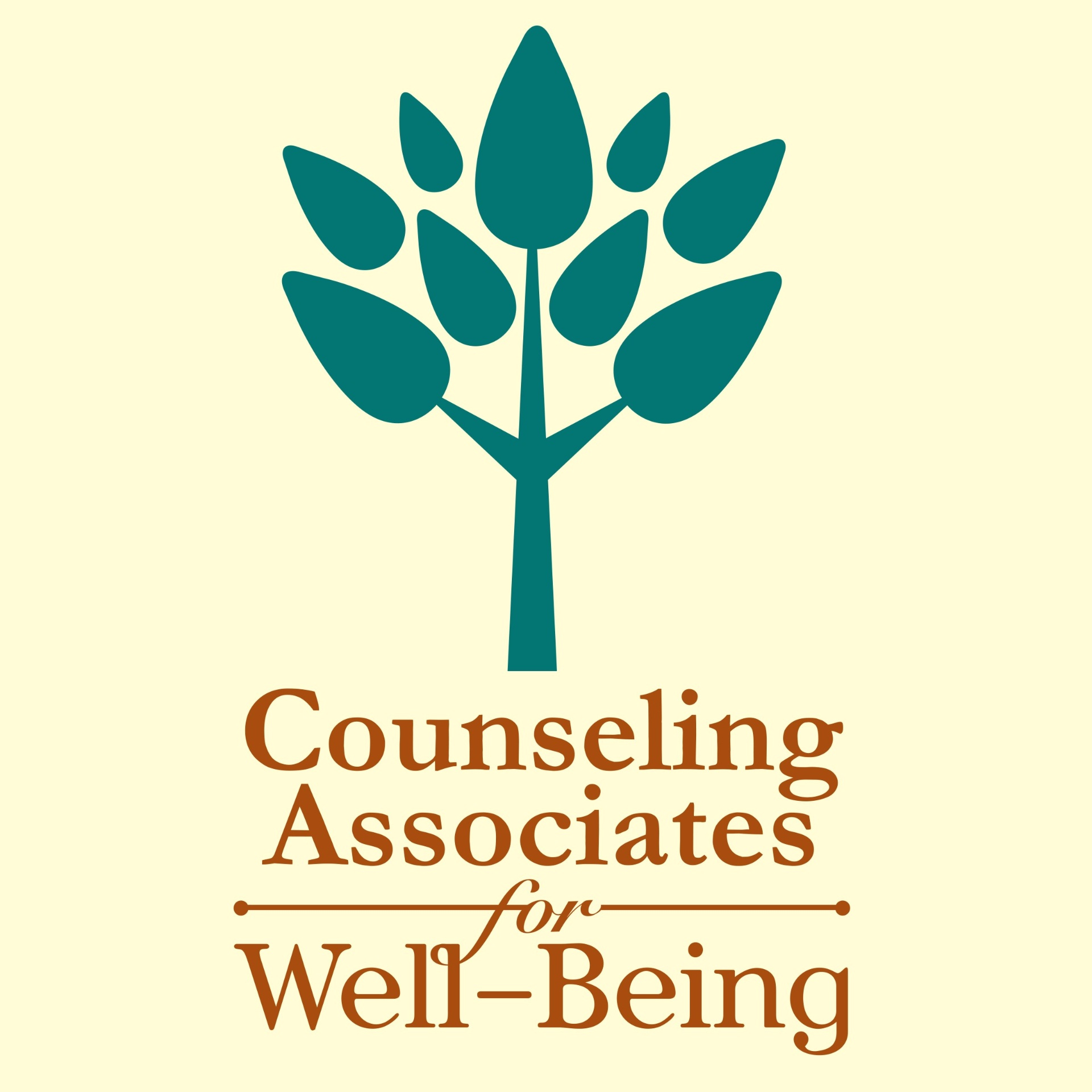When Love Hurts: Navigating the 7 Stages of Trauma Bonding

Have you ever felt trapped in a whirlwind of emotions, where affection and pain intertwine, leaving you confused and unable to step away from a relationship that clearly causes more harm than good?
This perplexing and often dangerous emotional landscape is known as trauma bonding, a term that might sound clinical but describes a deeply human and emotional experience. It occurs in the shadows of abusive relationships, where the bond between the person and their abuser is cemented through a cycle of abuse, manipulation, and intermittent moments of kindness.
Understanding the dynamics of trauma bonding is crucial for anyone caught in its grip or witnessing a loved one struggle through such a toxic relationship.
In this article, we’re going to navigate the treacherous waters of traumatic bonding, shedding light on its stages, signs, and the complex interplay of emotions and psychological responses that bind the abused person to their abusive partner. Our journey will include:
- What trauma bonding means and its key features.
- The 7 stages of trauma bonding, from overwhelming affection to realization and awakening.
- Steps towards healing, recovery, and finding support.
Understanding trauma bonding is crucial for anyone trapped in its cycle or witnessing a loved one struggle. Recognizing the signs and knowing there’s a way out can be the first step toward healing. Let’s dive into the complex world of trauma bonding, aiming for a future where healthier relationships and self-compassion pave the way to recovery.

Understanding Trauma Bonding
Trauma bonding forms in the shadows of abusive relationships, creating a complex bond between the abused person and their abuser. This bond is rooted in a cycle of abuse, where moments of kindness are followed by criticism and manipulation, leading to an unhealthy attachment. Victims find themselves caught in a toxic relationship, oscillating between love and fear, dependency, and a misplaced sense of loyalty to their abuser.
The Psychological Perspective
Psychologically, trauma bonding is akin to addiction, where the abused person craves the intermittent affection from their abuser amidst the pain and turmoil. This cycle triggers a confusing mix of emotional and psychological responses, including cognitive dissonance—struggling to reconcile the abuser’s harmful actions with their affectionate moments. Victims often feel they won’t find care outside the abusive relationship, deepening their dependency and fear of abandonment.
Breaking free from trauma bonding involves recognizing the manipulation tactics, understanding the bond’s nature, and rebuilding self-worth and identity. Essential steps include establishing healthy boundaries, seeking support from friends, family, or therapists, and exploring treatments like Trauma-Focused CBT to heal from emotional trauma.
Understanding and navigating trauma bonding is a crucial step toward healing, offering hope and a path forward for those entangled in its grasp.
The 7 Stages of Trauma Bonding
Navigating through the complex dynamics of trauma bonding is essential for understanding its profound impact on individuals in abusive relationships. Each stage represents a progression deeper into the emotional turmoil and dependency that characterize these toxic bonds. Here’s a closer look at each stage and how they manifest in the cycle of abuse.
Stage 1: Love Bombing
- Characteristics and Examples: This initial phase is marked by overwhelming displays of affection, attention, and idealization from the abusive person towards the victim, creating a “perfect partner” illusion. This intense bombing stage serves to captivate and mesmerize the person, making them feel incredibly special and loved. It’s a manipulative tactic designed to hook the victim’s emotional attachment early on.
Stage 2: Trust and Dependency Building
- Psychological Mechanisms: Following the love bombing, the abuser starts to cultivate a sense of trust and dependency in their partner. Through intermittent reinforcement—mixing moments of affection with episodes of neglect or abuse—the victim begins to increasingly rely on the abuser for emotional validation and support, embedding a deep sense of dependency and attachment.
Stage 3: Criticism and Degradation
- Impact on Self-esteem: As the relationship progresses, the abuser introduces criticism and degradation, often under the guise of “just joking” or “for your own good.” This constant criticism phase severely impacts the victim’s self-esteem, making them believe they are not worthy of love or respect outside the abusive relationship. This erosion of self-worth makes leaving the relationship even more challenging.
Stage 4: Gaslighting and Confusion
- Recognizing Gaslighting: Gaslighting, a form of psychological manipulation, becomes prevalent. The abuser denies their abusive behavior or blames the victim, leading to confusion and self-doubt. Recognizing gaslighting is crucial for the victim, as it’s a sign of the abuser’s attempt to gain power and control by distorting the victim’s perception of reality.
Stage 5: Loss of Self
- Emotional and Psychological Effects: The cumulative effect of abuse, manipulation, and gaslighting leads to a profound loss of sense of self. Victims may experience a disconnect from their own feelings, desires, and sense of identity, feeling trapped in the cycle of trauma bonding with no clear way out. This stage is marked by deep emotional pain and turmoil.
Stage 6: Resignation and Acceptance
- Coping Mechanisms: In this stage, victims often resign themselves to the abusive situation, accepting the toxic relationship dynamic as their normal progression. Coping mechanisms may include denial of the abuse, rationalization of the abuser’s behavior, or internalizing the belief that they deserve the poor treatment they receive.
Stage 7: Dissonance and Potential Awakening
- Seeking Help and Support: The final stage involves a growing cognitive dissonance between the reality of the emotional abuse and the victim’s feelings for their abuser. This dissonance can lead to an awakening, where the victim recognizes the harmful nature of the relationship and begins to seek help and support. Reaching out to therapists, trusted friends, or supportive networks marks a crucial step in the journey of healing and breaking free from the cycle of trauma bonding.
Do you know When Is It Time to Ask for Help?
Understanding these stages is vital for anyone trapped in the vicious cycle of an abusive relationship or for those supporting someone in such a situation. Recognizing the signs and seeking professional help can pave the way for healing and recovery, leading to healthy relationships and a restored sense of self-worth.

Breaking Free from Trauma Bonds
Navigating the path to liberation from the chains of trauma bonds is a journey marked by self-discovery, resilience, and ultimately, healing. Understanding the deep-seated dynamics of these bonds and recognizing the signs of being in a trauma-bonded relationship are the first critical steps toward recovery. From there, the journey involves a series of actionable steps that pave the way to a healthier, more fulfilling life beyond the shadow of abuse.
Steps to Healing and Recovery
- Self-care and Boundaries: The healing process starts with nurturing yourself through self-care practices that boost your physical, emotional, and mental health. Setting firm personal boundaries is also crucial. It means clearly communicating your needs and limits, and stepping away from toxic dynamics that harm you.
- Professional Help and Therapy: Seeking support from therapists or mental health professionals is invaluable. They provide a safe space to process your emotions, understand the trauma bond, and develop strategies for moving forward. Therapies like Trauma-Focused Cognitive Behavioral Therapy (CBT) can be particularly helpful, alongside support groups where you can share experiences with others who understand.
- Embracing the Journey: The path out of trauma bonds is challenging but filled with growth and hope. It’s about confronting fears, embracing change, and gradually rebuilding your sense of self-worth. Remember, healing is a journey, not a destination. With each step, you move closer to a healthier, happier life, free from the shadows of abuse.
Learn How to Thrive after Trauma.
This journey requires courage, patience, and self-compassion. Support, whether through friends, family, or professionals, is a cornerstone of this transformative process. Believe in your strength and your right to a life marked by respect, care, and genuine happiness.
Your First Step Towards Healing: Getting Started with Counseling Associates for Well-Being
Navigating the healing journey from trauma, especially within abusive relationships, is a path we’re deeply familiar with. Our dedicated therapists are here to guide you through every step, offering compassionate care tailored to your unique experiences.
We specialize in the dynamics of trauma bonding, offering strategies to overcome emotional manipulation, fear, and the cycle of abuse. Our aim is to empower you, helping you to understand abusive dynamics, recognize signs of trauma bonding, and develop healthy boundaries and relationships.
Starting your healing journey is just a call or click away. Reach out to us via our website or phone to schedule your initial consultation. We’ll match you with a therapist who aligns with your needs, crafting a personalized plan for your recovery.
Healing from trauma and breaking free from abusive relationships is a courageous step. Our therapists are here to support you with empathy and expertise, guiding you towards reclaiming your well-being. Contact us to begin your journey to a healthier, happier you.


